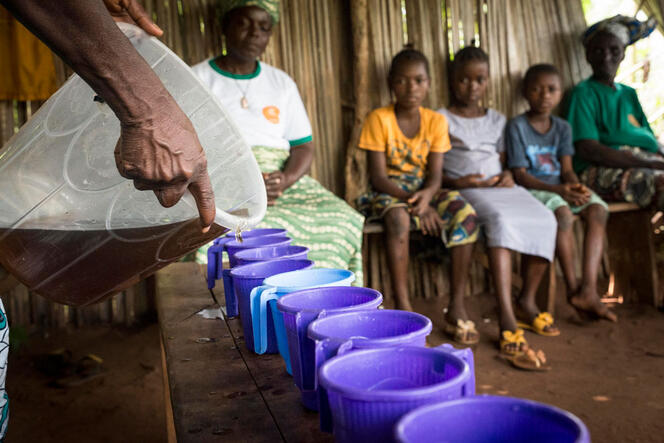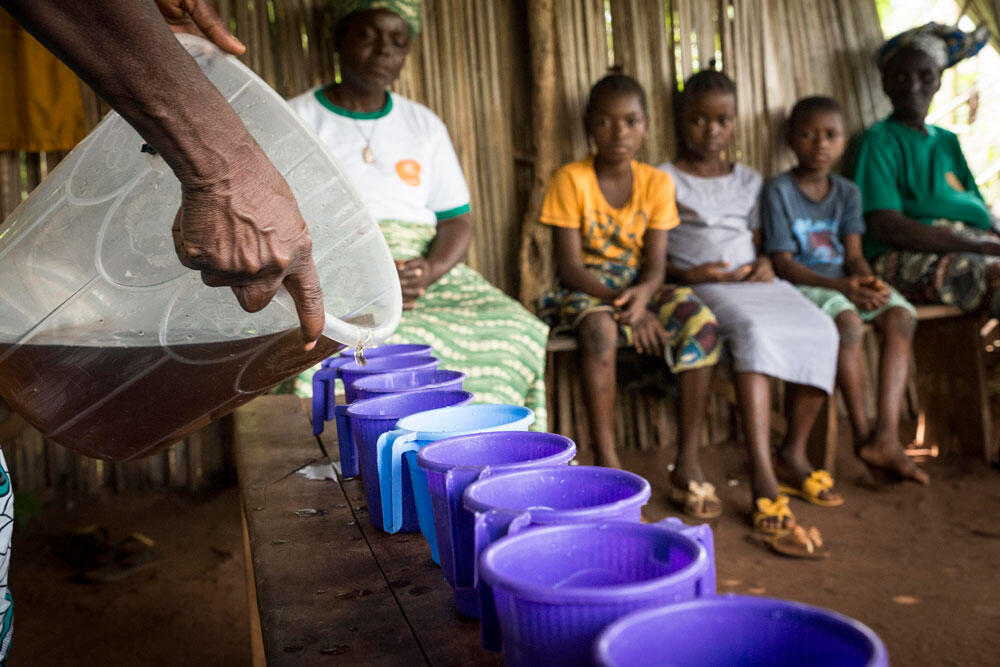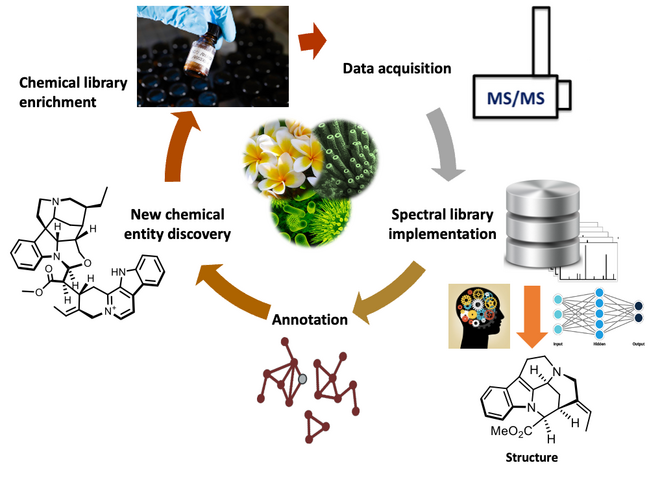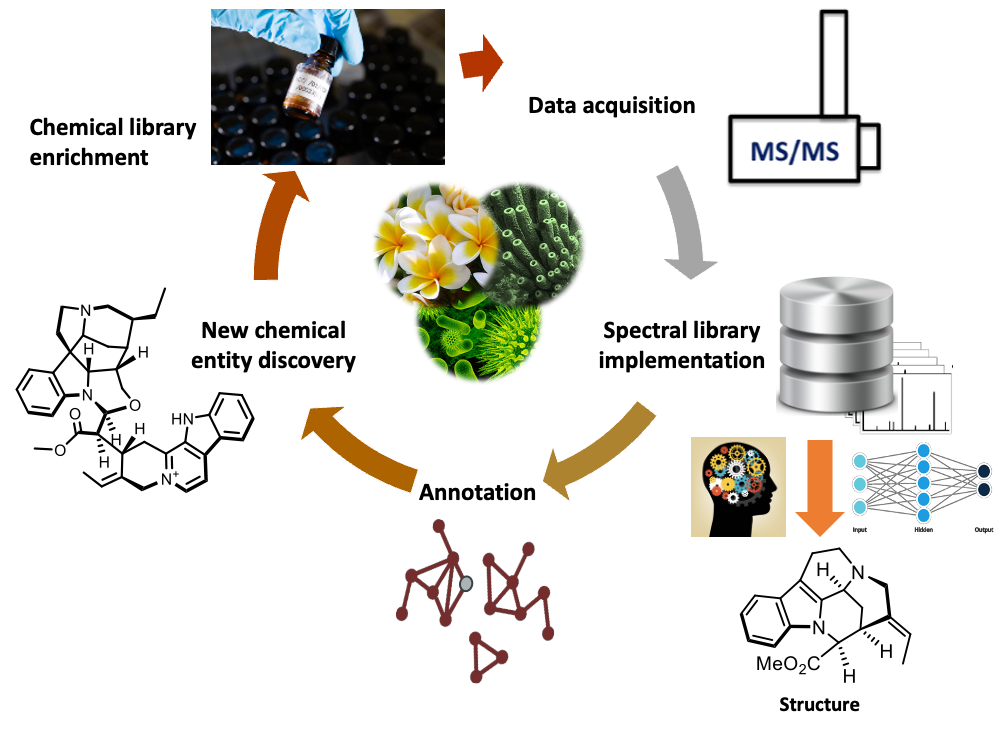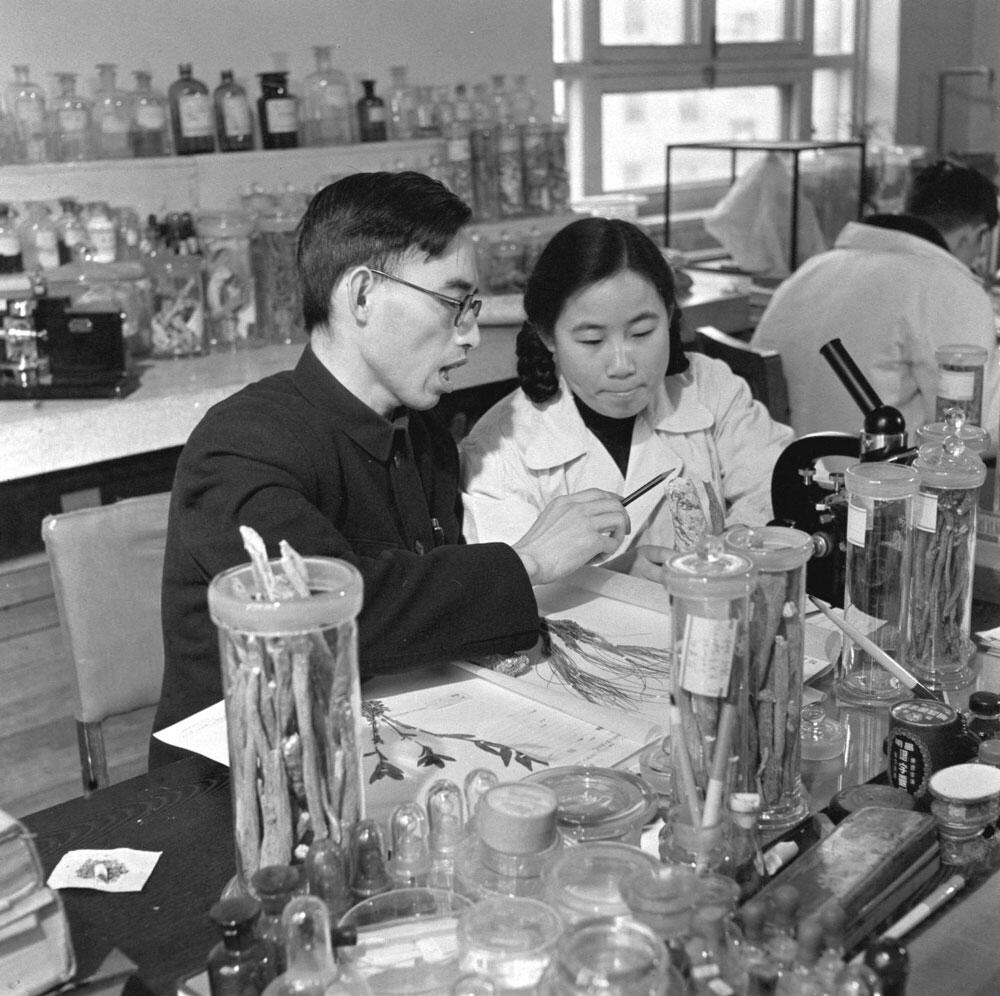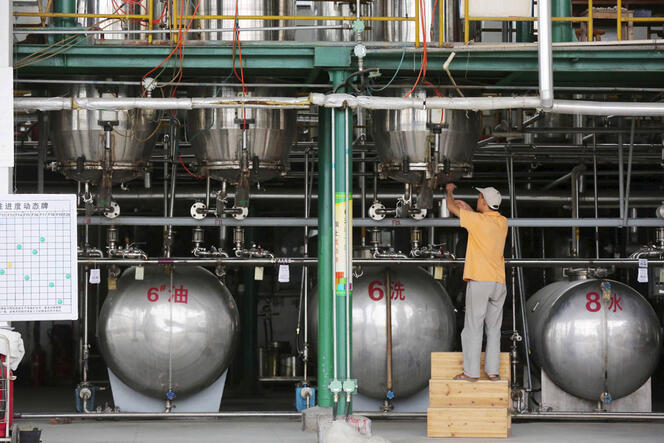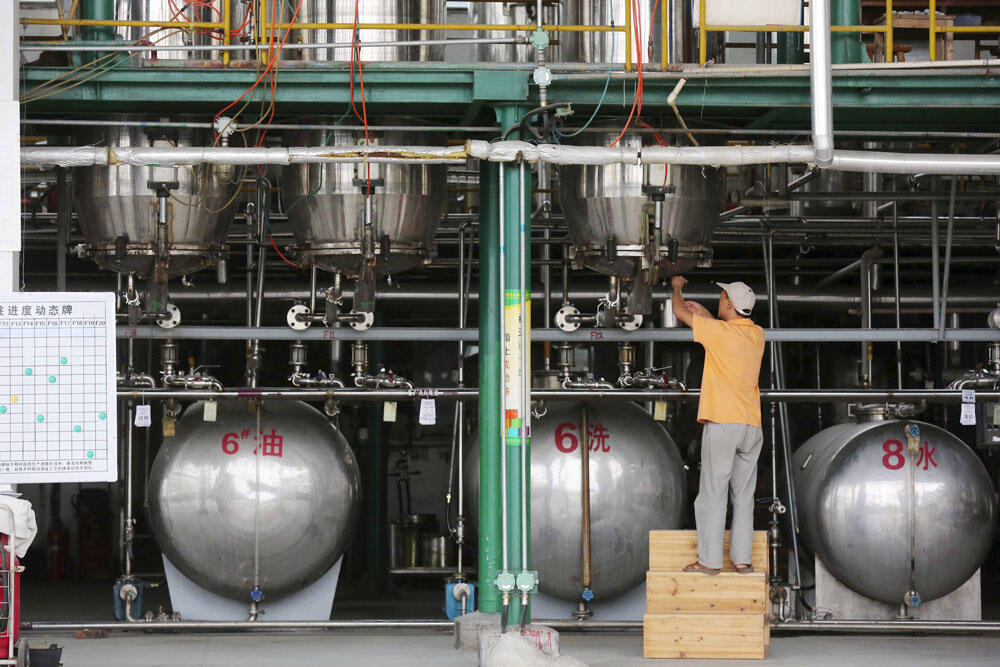You are here
Pharmacognosy brings nature to our medicine chests

In 2022 you were awarded the CNRS Bronze Medal for your research in pharmacognosy. Could you explain what the discipline entails?
Mehdi Beniddir1: It is part of the pharmaceutical sciences, and it involves the investigation of natural substances and their pharmacological actions. Etymologically, ‘pharmacognosy’ means ‘knowledge of poisons or remedies’. My profession, as a pharmacist and chemical researcher, is to identify molecules, knowing that most of them are poisons, and convert them into medications. They can come from a variety of origins: plant, animal, fungal, fermentative or marine. Their therapeutic potential is linked to the function that they provide in the natural environment, such as the substances used by plant or animal organisms to defend themselves.
What are the benefits of these molecules for humans?
M. B.: It’s important to know that nearly 50% of the therapeutic arsenal now in clinical use comes from nature. This includes antibacterial antibiotics, antifungal agents and anti-cancer drugs, as well as major immunosuppressants. For my part, I try to find new natural molecules that could be a source of inspiration for developing the antibiotics of tomorrow. However, the vast majority of pharmaceutical companies, which once relied almost entirely on natural substances, have now abandoned their efforts in pharmacognosy research. Today, the discipline has been taken over by university laboratories.
What can you tell us about your specific research methods?
M. B.: I develop strategies for the early discovery of new molecules based on chemoinformatics, which combines chemistry and artificial intelligence. Digitisation makes it possible to safeguard the historical heritage of laboratories by compiling spectral data on natural substances in databases accessible to the entire scientific community. It also facilitates the process of discovering natural substances and avoids the re-isolation of those that have already been described.
Backed by the development of new analytical instruments and the advent of big data, pharmacognosy is experiencing a genuine technological revolution. In addition, spectral data now plays a crucial role, providing precious databases for training machine learning algorithms and improving the processes for predicting molecular structures. In this area, the heritage and museum specimens are a real treasure trove of data to be digitised and shared.
How do pharmacognosy, traditional medicine and pharmaceutical research intersect?
M. B.: Pharmacognosy expands the scope of knowledge, which is vital for a better understanding of living organisms and how they can be used. Pharmacy, by its nature, encompasses many disciplines. My research makes it possible to describe new natural molecules that extend the chemical repertoire, from which pharmacy seeks to identify future drug candidates.
Pharmacognosy is also closely linked to traditional medicine because it draws knowledge from ancestral lore. According to the World Health Organization, traditional medicine remains the main source of healthcare for 80% of the world’s population today. Modern science has attempted to rationalise these traditional preparations, which are often mixtures of plant and animal substances.
Artemisinin is an excellent example of an active ingredient discovered through traditional medicine. Writings dating from 168 BC describe the use of sweet wormwood tea as a treatment for fevers. The extraction of artemisinin from artemisia to treat malaria earned the Chinese researcher Tu Youyou the 2015 Nobel Prize in Physiology or Medicine.
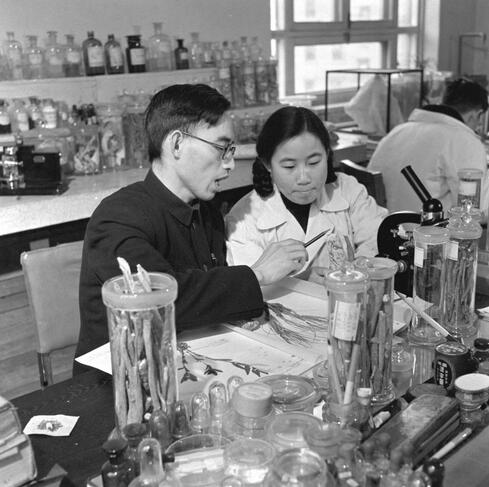
Certain traditional empirical observations can actually be substantiated by the exploration of biodiversity hotspots like virgin forests, combined with ethnopharmacological screening. Whenever a traditional practitioner draws our attention to the use of a plant, we make a special effort to isolate the active substance or substances and codify their benefits. Lastly, the cross-referencing of historical data on the use of certain remedies or arrow poisons with chemistry and modern computing tools allows us to trace the origins of plants and animals that existed in another era in a given place.
How do you ensure that your research doesn’t impede the protection of biodiversity?
M. B.: The preservation of biodiversity is a core value in my research. My work complies with strict guidelines for access to genetic resources and the sharing of benefits arising from their use (ABS), governed by the 2010 Nagoya Protocol. By specifying prior consent for access to these resources, ABS helps promote conditions of access and use that protect biodiversity, an invaluable source of chemical wealth. The ABS measures also improve the legal security between supplier and user, bolster the traceability of resources and increase the transparency of their use. In addition, we refer to the list offered by the International Union for Conservation of Nature (IUCN) to evaluate the status of the species we study.
Given the current distrust of ‘Big Pharma’, is it reassuring to remind the public that medicinal drugs come from nature?
M.B.: It’s a valid point, but one that is often distorted by marketing, which uses it only to boost sales. Under the pretext that a product is natural or of natural origin, people may mistakenly think that it is therefore devoid of any toxicity. We must not forget that herbal medicine, in combination with ‘conventional’ medications, can trigger drug interactions with serious consequences. Keep in mind that the most famous poisons in history are natural. Many believe that the use of plants in the form of herbal teas or capsules is by definition beneficial. It can be, but to be certain the plants in question must first be subjected to a thorough analysis of their positive effects and a critical risk-benefit evaluation. That’s part of what pharmacognosy does. ♦
For further reading
Mehdi A. Beniddir and Erwan Poupon, Chimie des substances naturelles et pharmacie : à la croisée des chemins (“The Chemistry of Natural Substances and Pharmacy: At the Crossroads”), Comptes Rendus (Académie des Sciences), Chimie, Online first (2023), pp. 1-15. doi: 10.5802/crchim.275.
- 1. Chemist, pharmacist and professor at the Biomolecules: Design, Isolation, Synthesis (BioCIS) laboratory (CNRS / Université Paris-Saclay).


